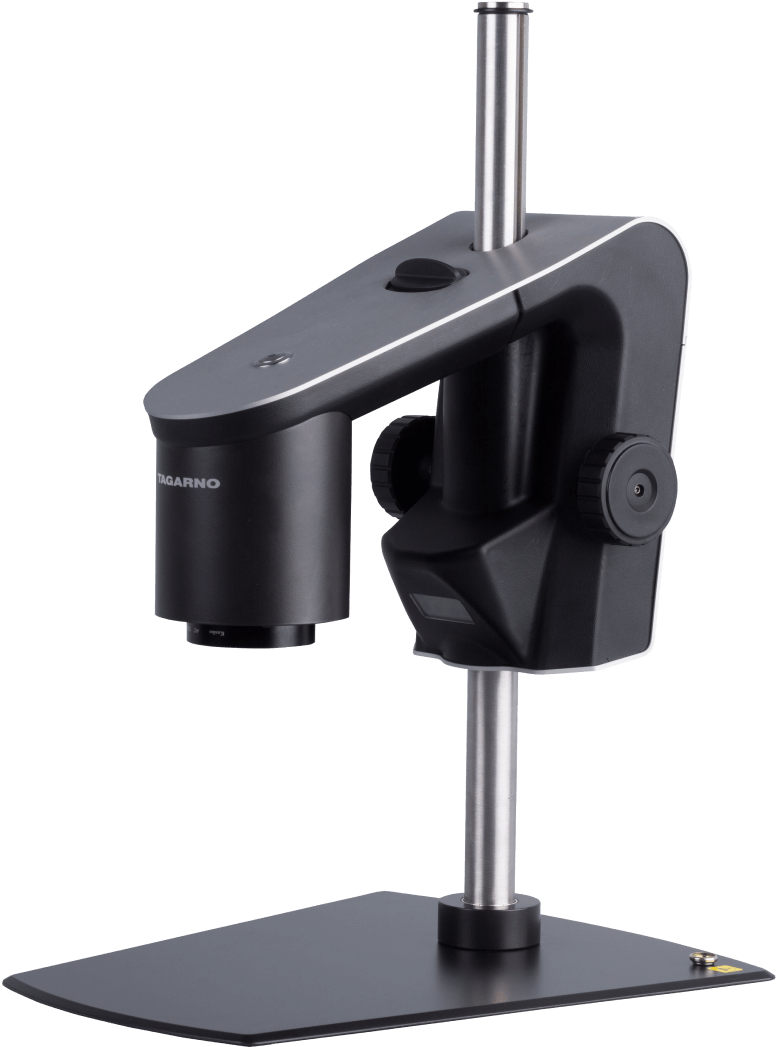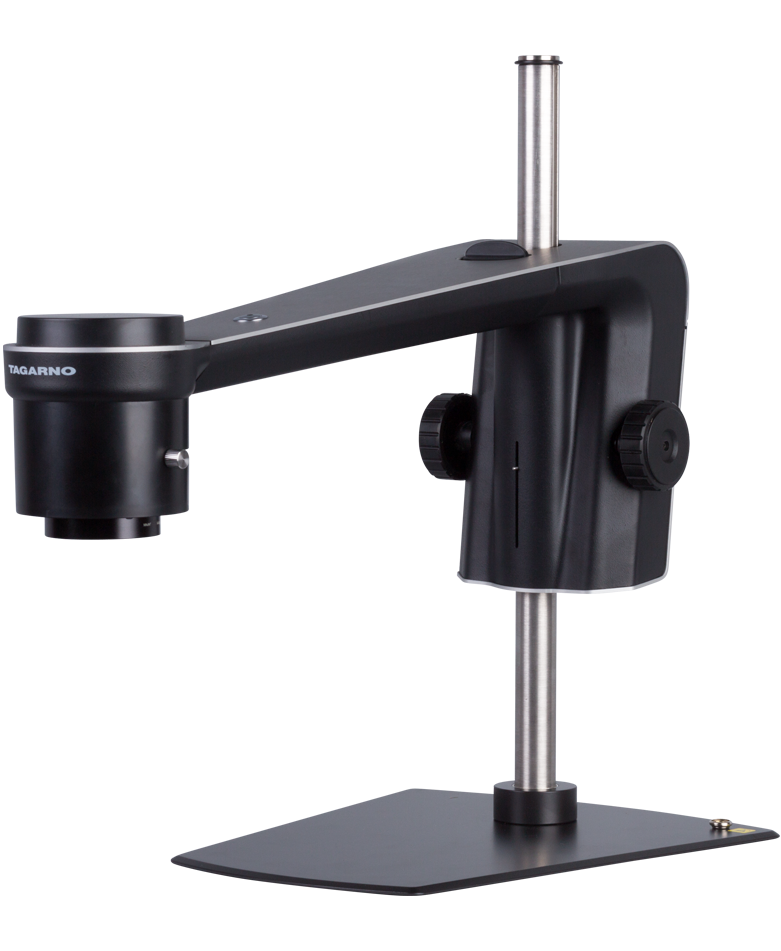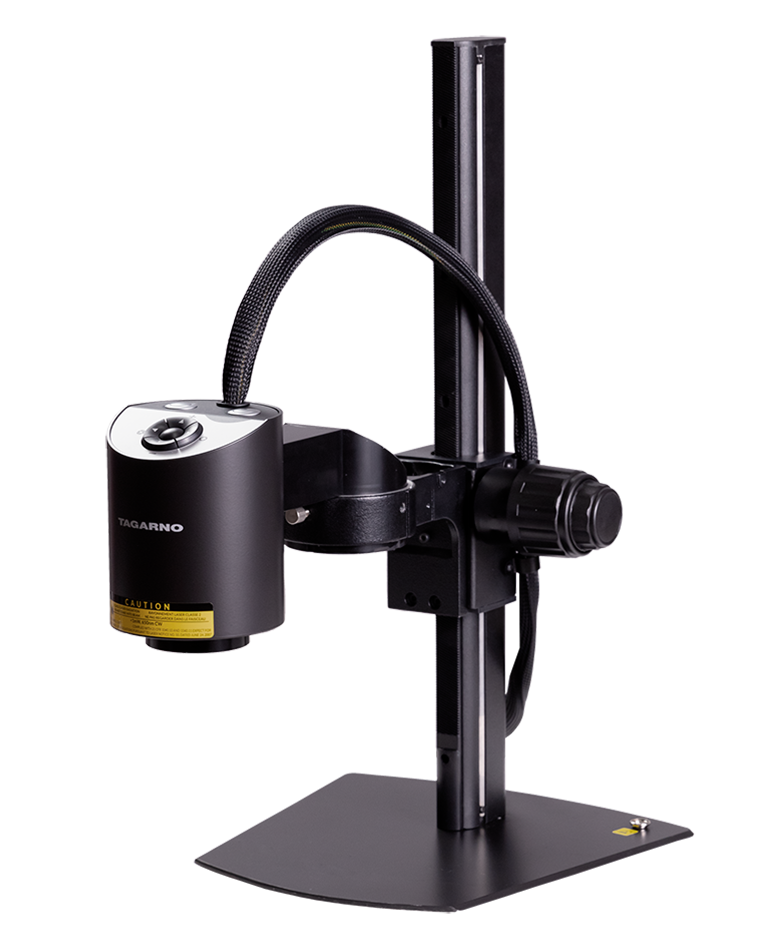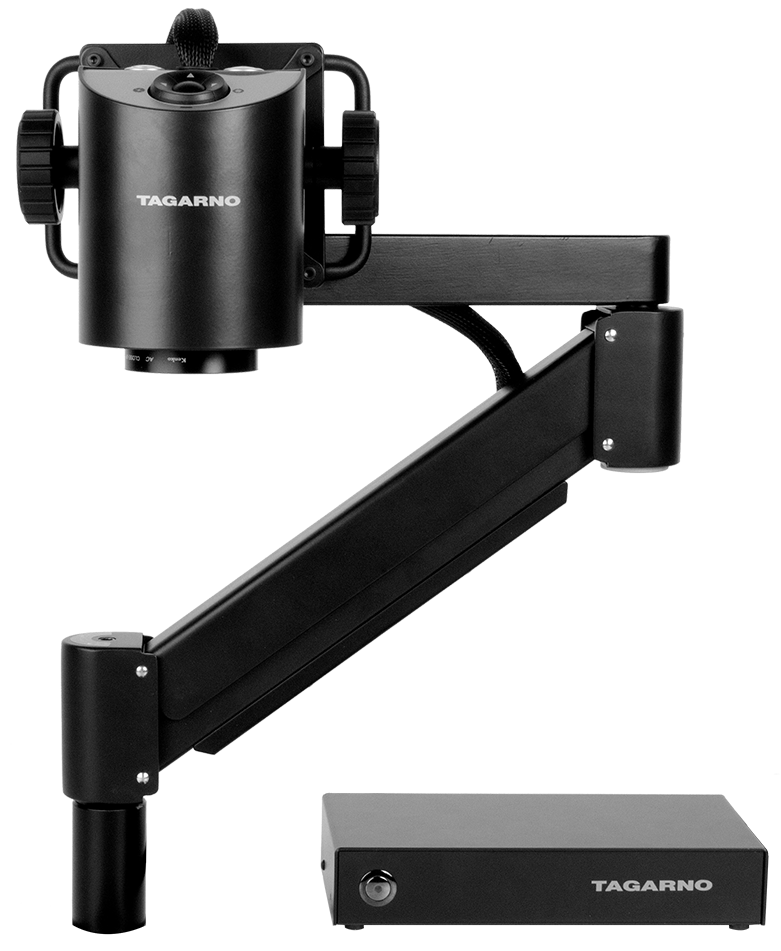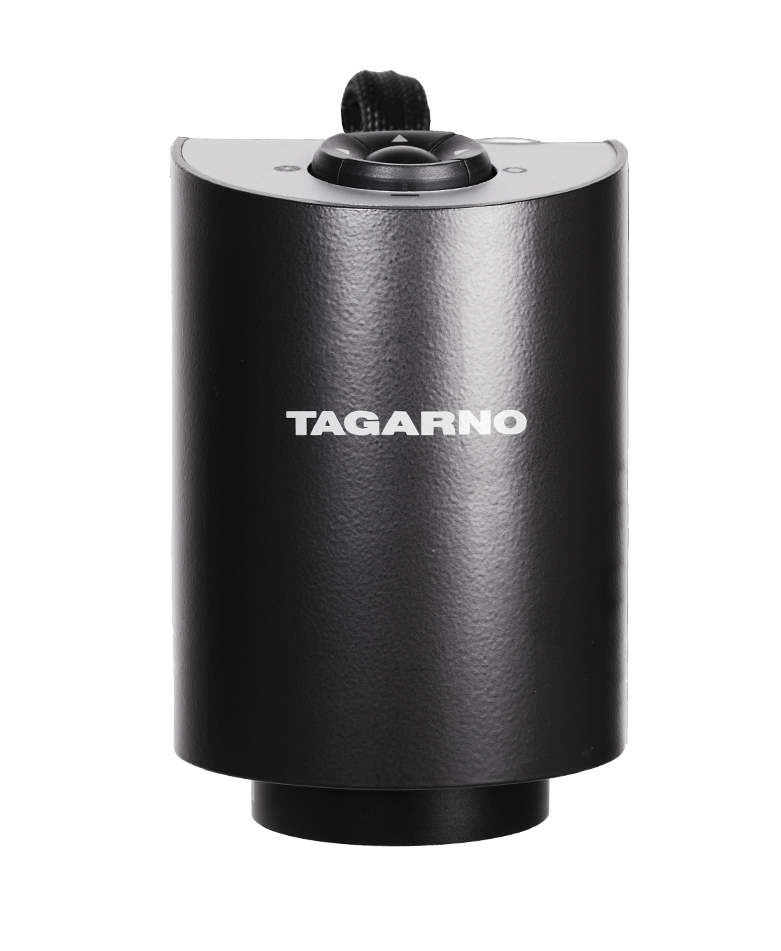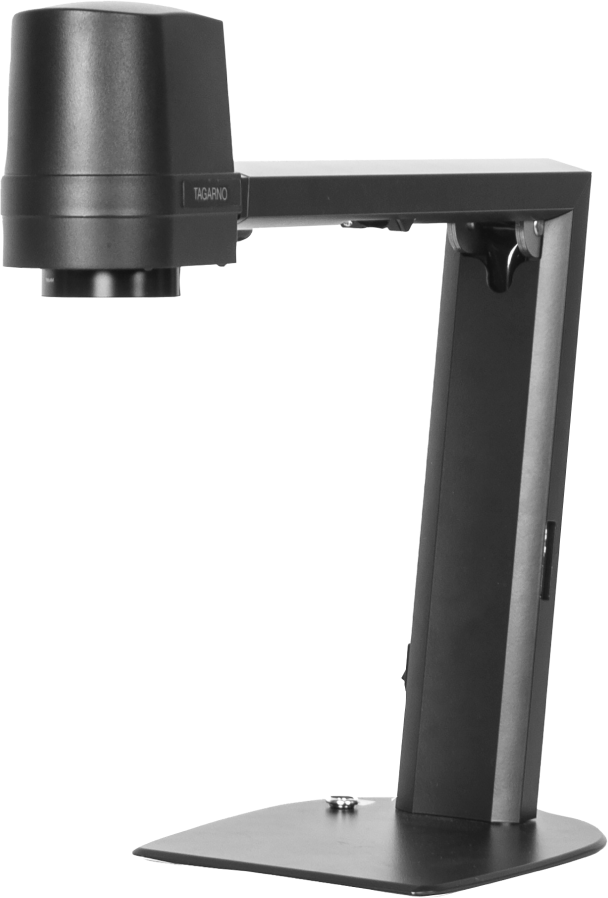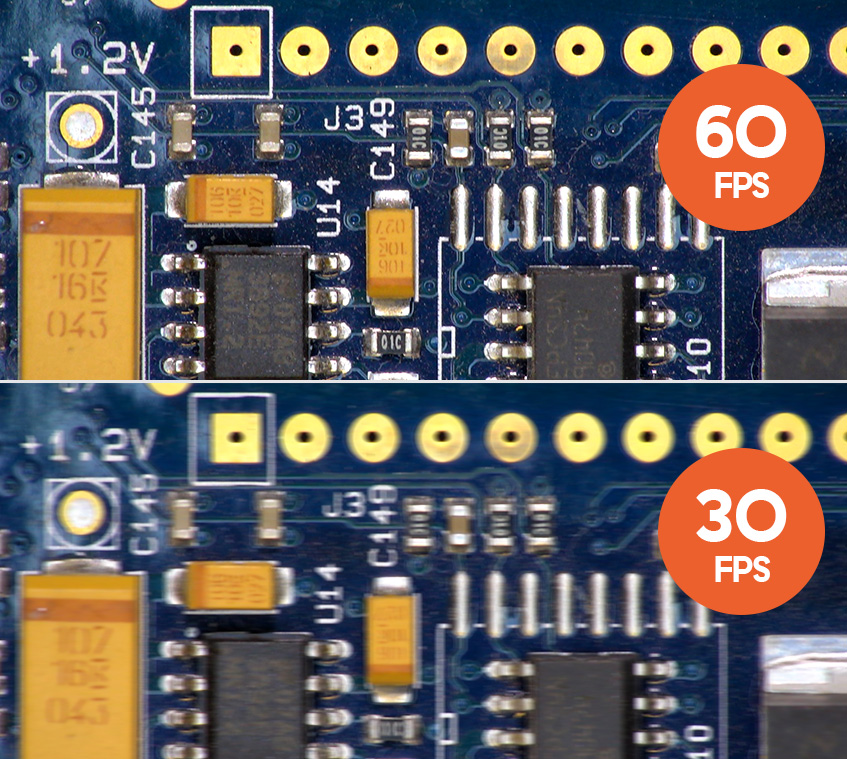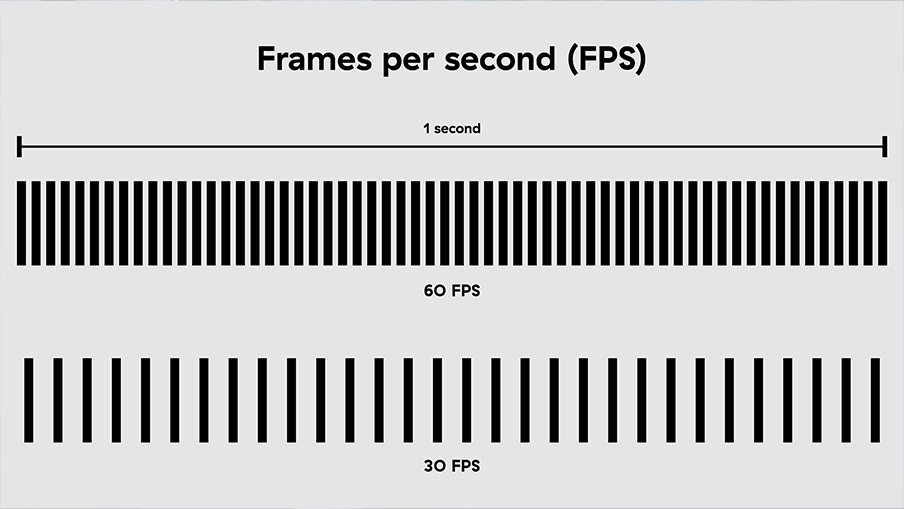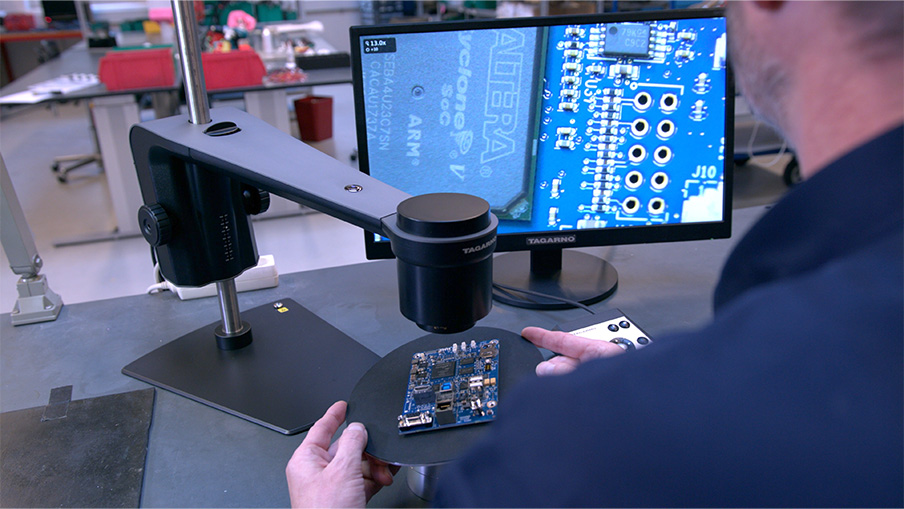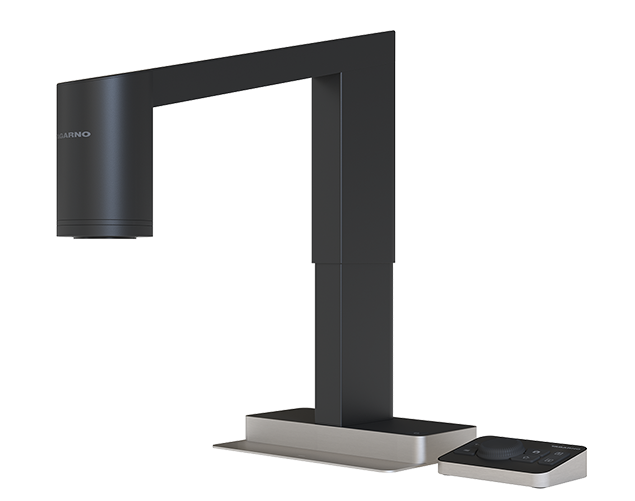Recording Videos for Dynamic Processes on the Assembly Line
The dynamic nature of certain processes on the PCB assembly line demands a tool that can keep pace with real-time monitoring. Digital microscopes equipped with video recording capabilities become invaluable for capturing slow or dynamic processes, offering a deeper understanding of the production workflow.
For high-quality recordings, it is no longer enough to consider resolution and pixel density. Therefore, professionals in the electronics industry must carefully evaluate both resolution and frame rate when selecting a digital microscope for video recordings. While 4K has become an industry standard, the frame rate is still greatly underestimated by many.
A frame rate of 60 frames per second (FPS) with very low latency is essential to ensure analysis of objects that are moving are not compromised, offering a valuable asset for optimizing processes, troubleshooting issues, and enhancing overall production efficiency.
Nevertheless, many digital microscopes still do not support 4K with 60 FPS at all and, where some 4K microscopes excel in recording videos at 60 FPS, they fall short when it comes to live imaging, often providing only 30 FPS or lower.
Let’s have a look at why that’s an issue.
